Library finds
Lucienne Bestall
During a recent audit of our Library, the team found all manner of printed and handwritten matter slipped between the pages of books. From advertisements to newspaper clippings, detailed summaries and train tickets, here are a few highlights from the ephemera collected; a biography of the Library as told by its incidental holdings. – June 4, 2024
Books for A4’s Library are acquired in different ways; some are purchased new, others sourced second-hand, still more are gifted by visiting practitioners. There are also those rare books that arrive quietly – slipped onto the shelf, one imagines, by aspirant authors and artists.
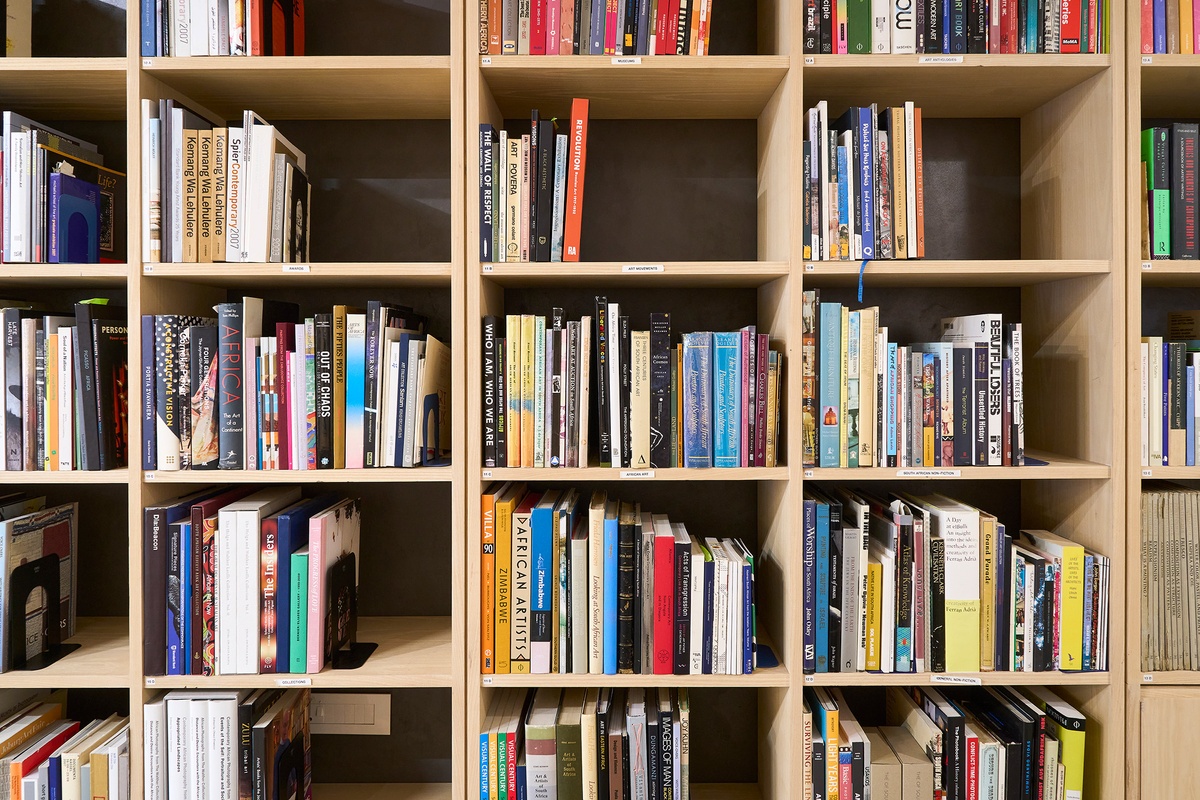
The second-hand books carry with them an occasional archive comprising improvised bookmarks and more deliberate inclusions – an article on an artist folded into their monograph, for instance, or a handwritten synopsis of a play in The Works of William Shakespeare.

Such ephemera become dispatches from the recent past, recalling something of the books' previous readers and of the setting in which they were first read. Together, they trace a history of individual lives – paths travelled, time taken, attention given – and, more obliquely, a history of South Africa.
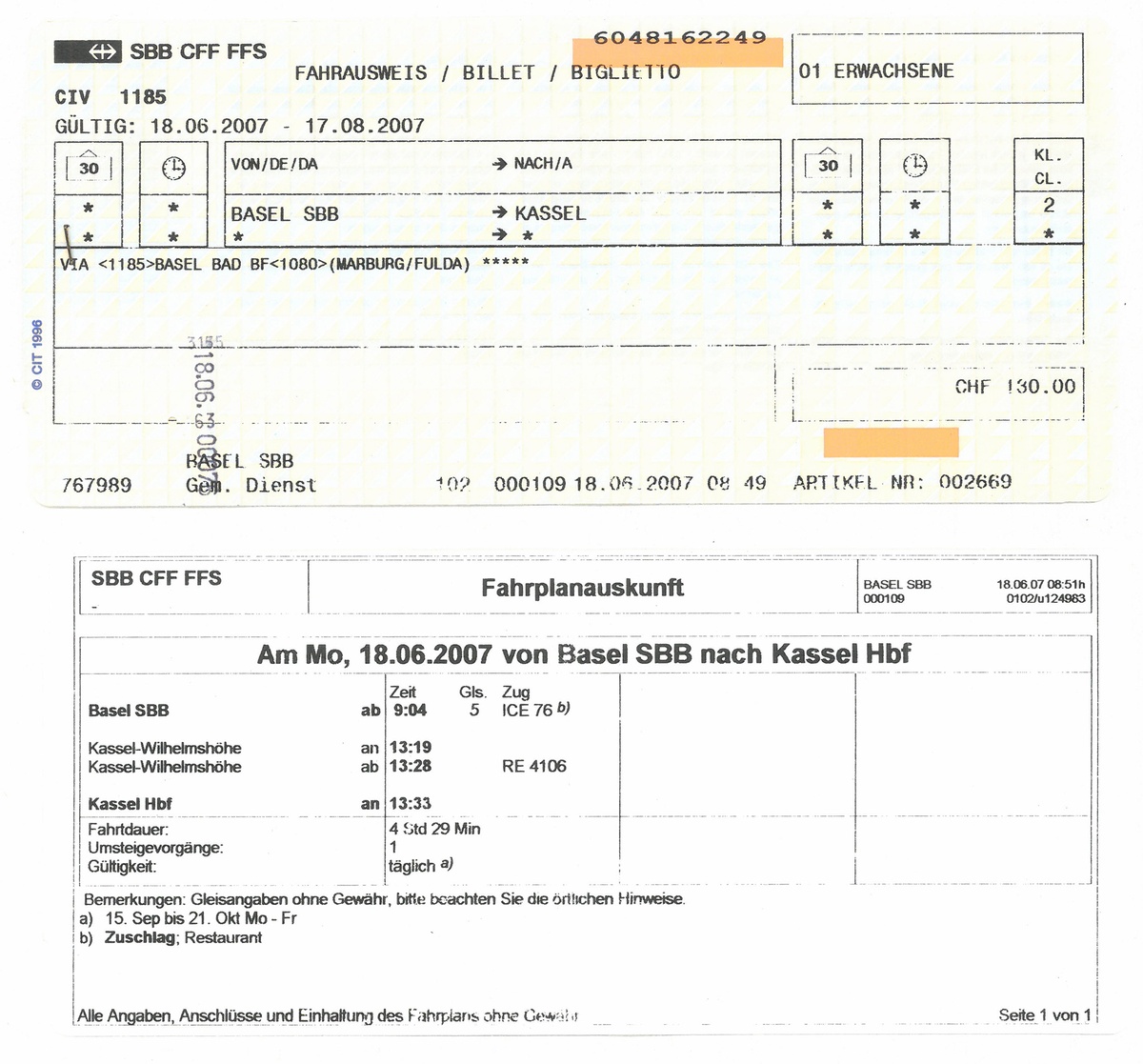
A social history of the country is recounted in a miscellany of matter, from a late-1970s advert for home insurance (R15.00 a month) to a less-than-enthusiastic review of local pop music, including Kurt Darren’s 2007 album, Lekker Lekker, found in the Library's copy of David Goldblatt's Some Afrikaners Revisited (2007).

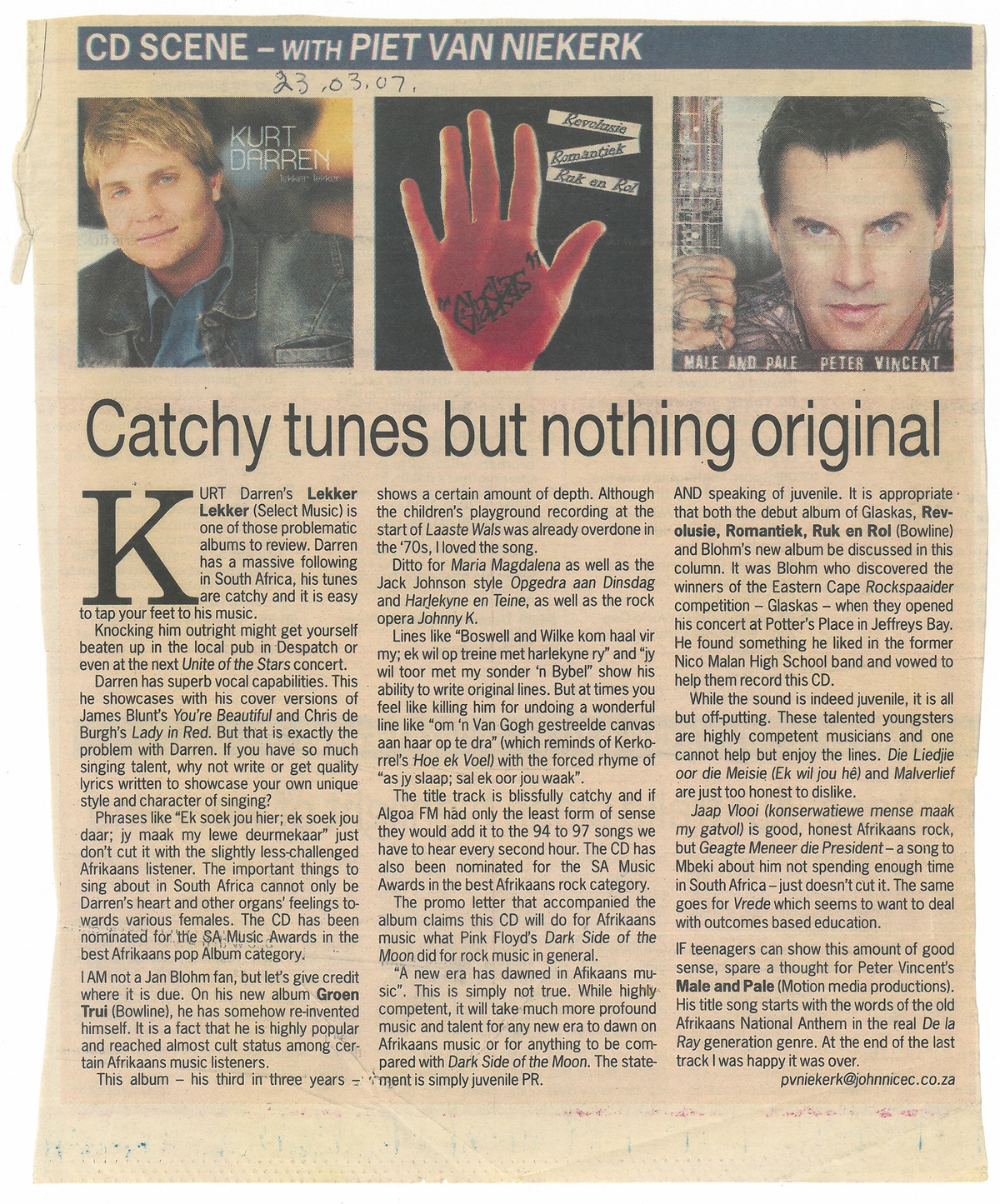
Others trace the country's political past. Oftentimes, however, the more curious story is told on the reverse of the newspaper clippings. In one such instance, dated February 20, 1988, a line anticipates the end of the white-minority rule and with it the administration of so-called homelands:
Nevertheless, there has been a retreat from Verwoerdian apartheid, which has left the TBVC states [Transkei, Bophuthatswana, Venda, and Ciskei] exposed as anachronisms of a dying era.
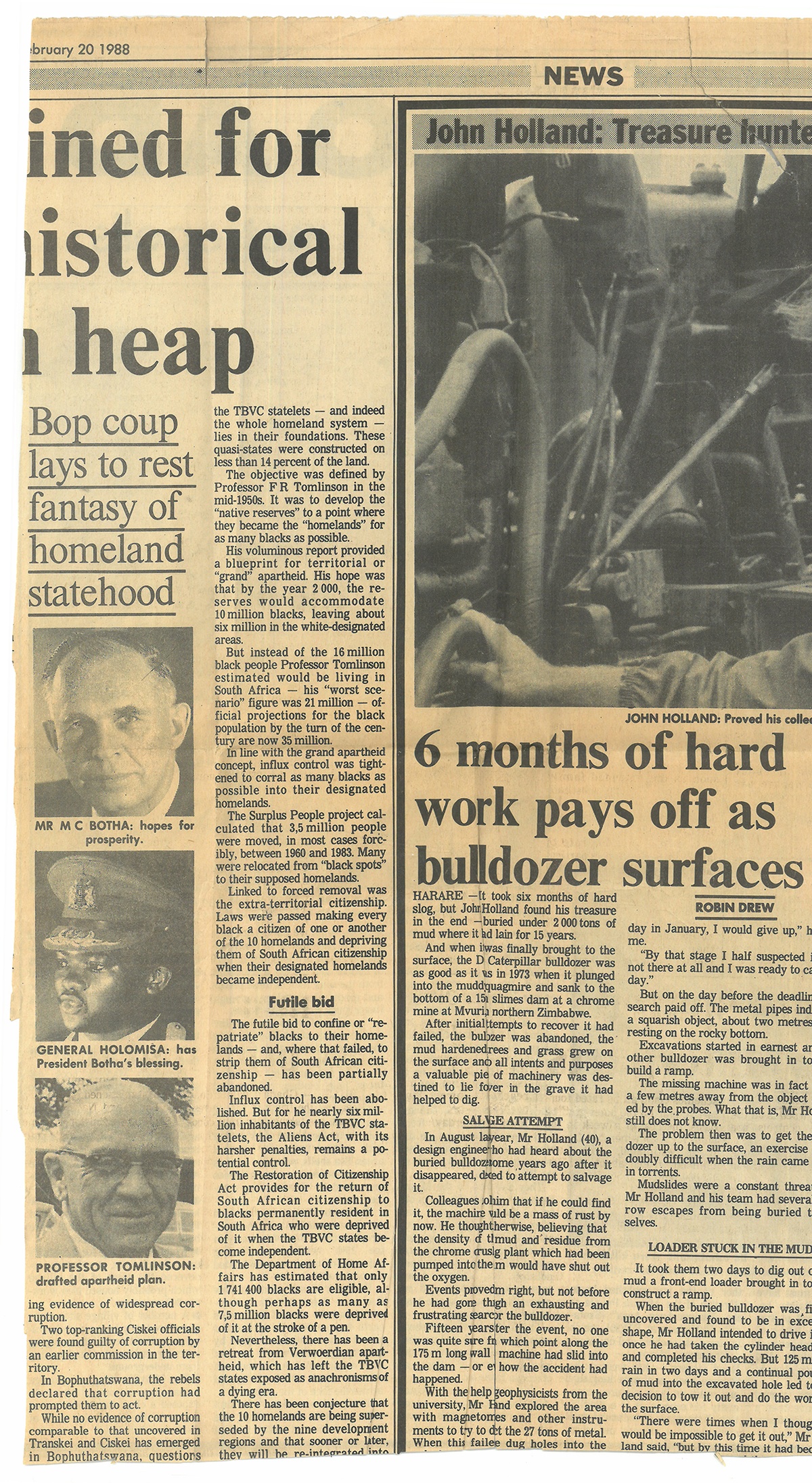
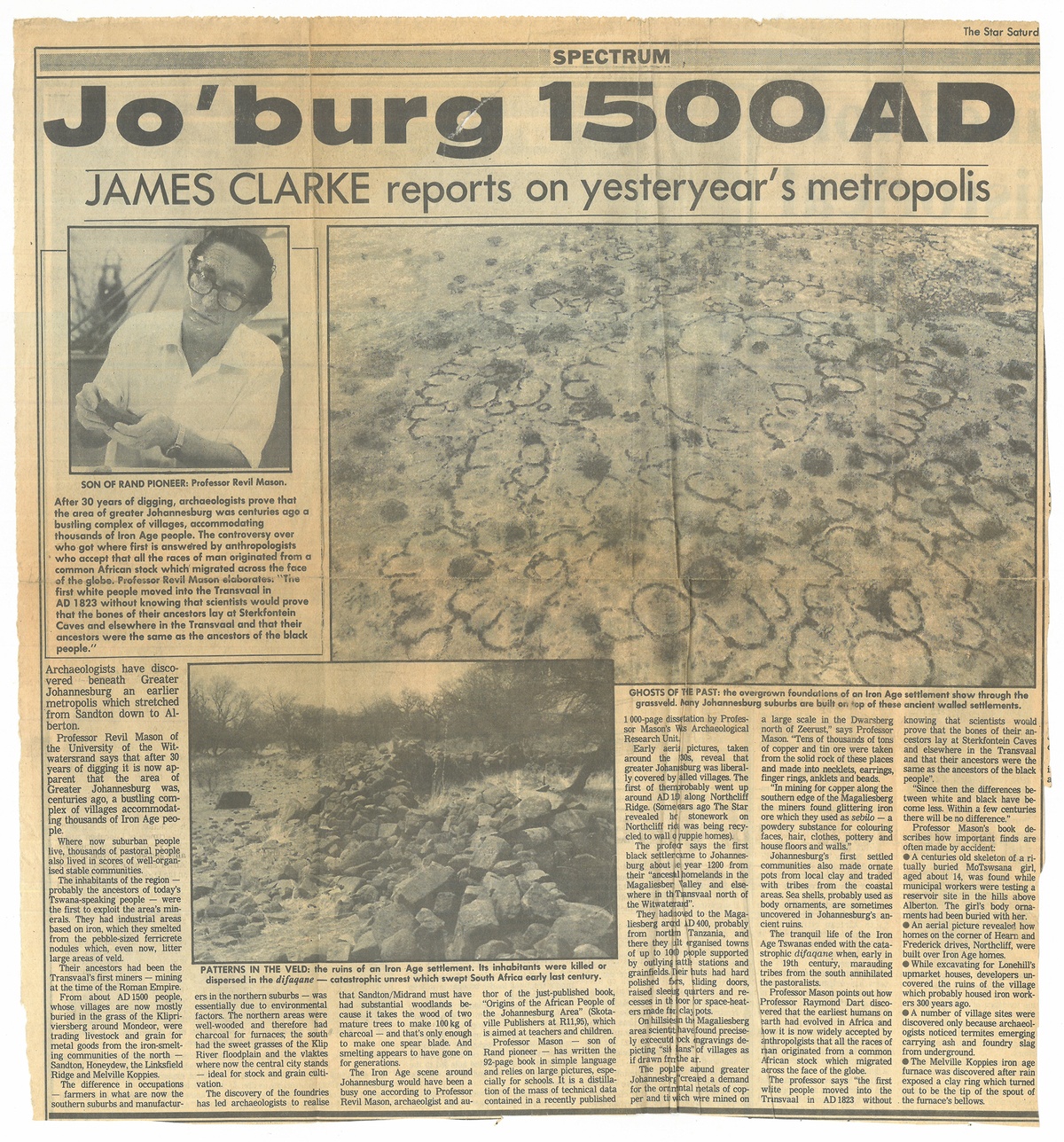
Hendrik Verwoerd is again recalled in an order form for a book published on the occasion of the fifth anniversary of the South African Republic in 1966. The form was found in the Library's Sixty-Six Transvaal Trees, a botanical survey with a nationalist bent, published the same year to coincide with the Republic Festival.
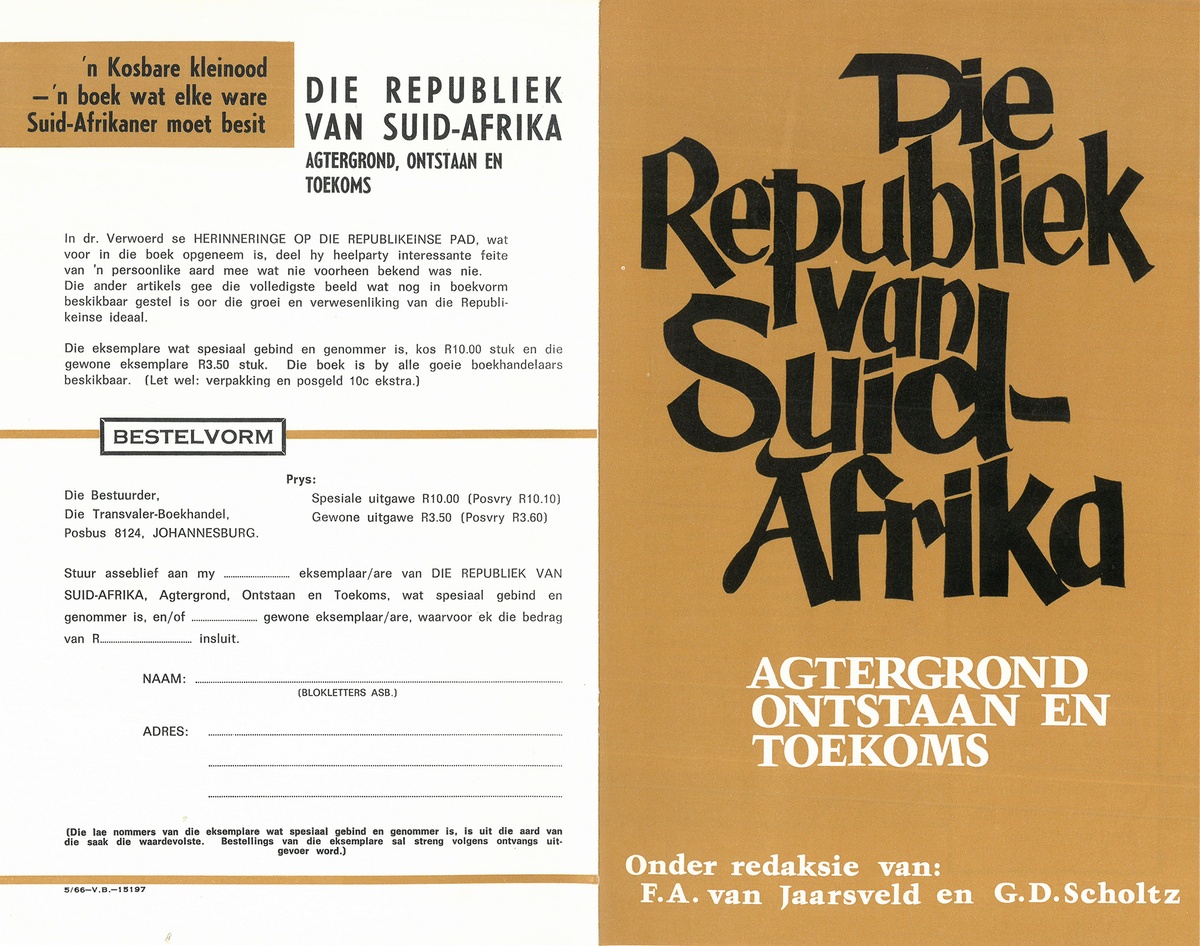
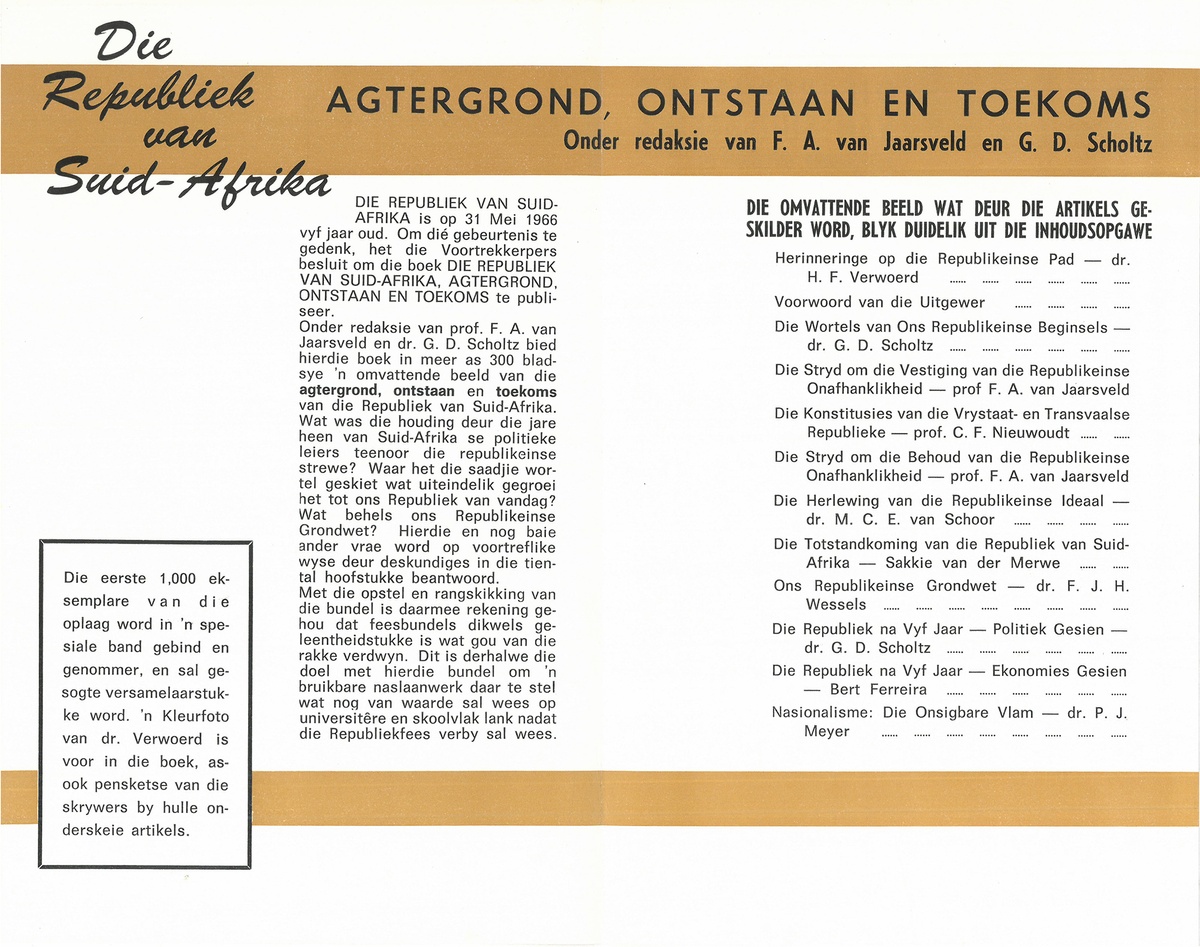
Another order form – filled out but never sent – for a then-forthcoming book on Gerard Sekoto lists the details of one OAA Bock. A brief online search suggests Bock published in several medical journals in the 1970s. His speciality was gastric ulceration. Perhaps, an A4 team member speculates, he wanted the book for his waiting room.
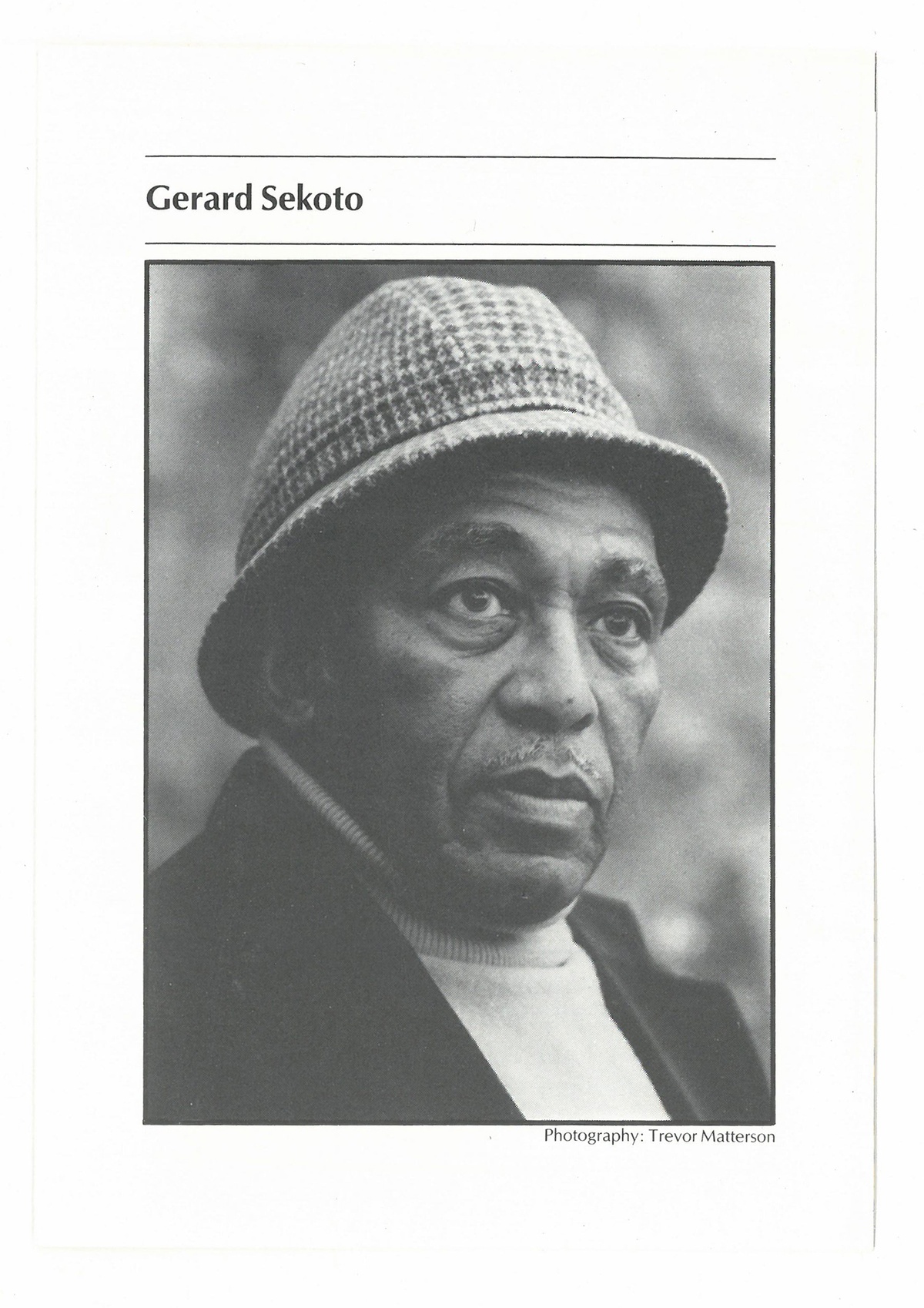
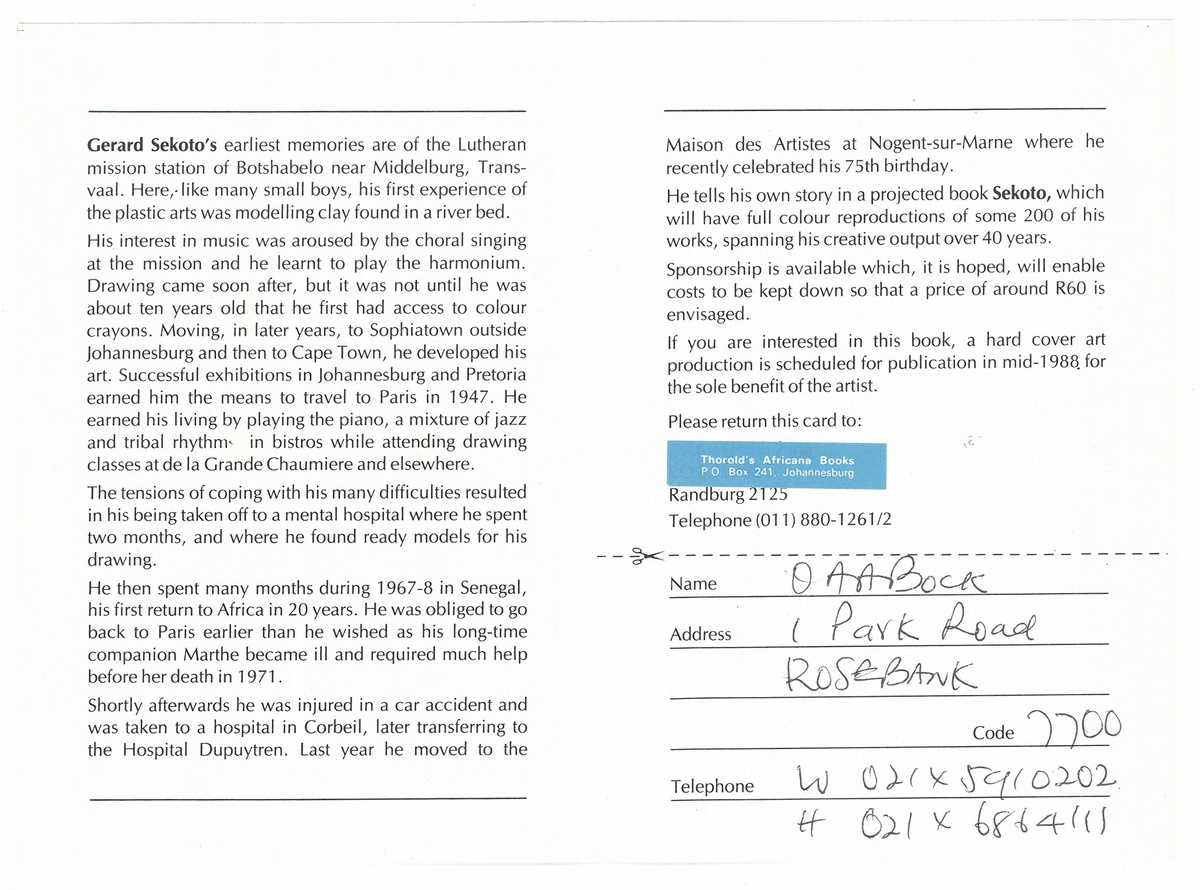
Other art-related finds include a newspaper clipping about the refurbishment of the Johannesburg Art Gallery in 1986, which cites oversights in the collection but is wholly impressed with its architecture:
The building ranks with major galleries and museums of the world, and that's a very nice thing for Transvaalers and all South Africans to feel pleased about.
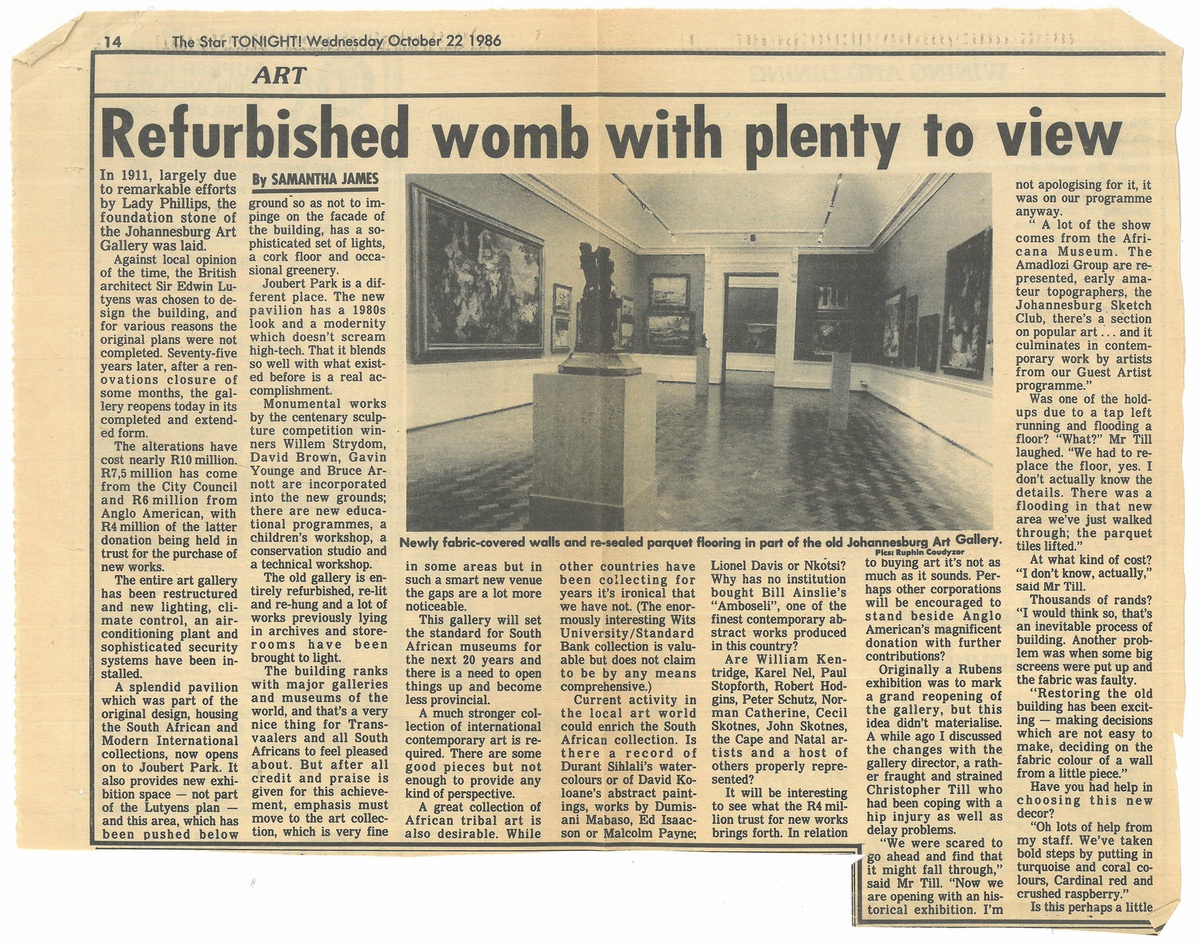
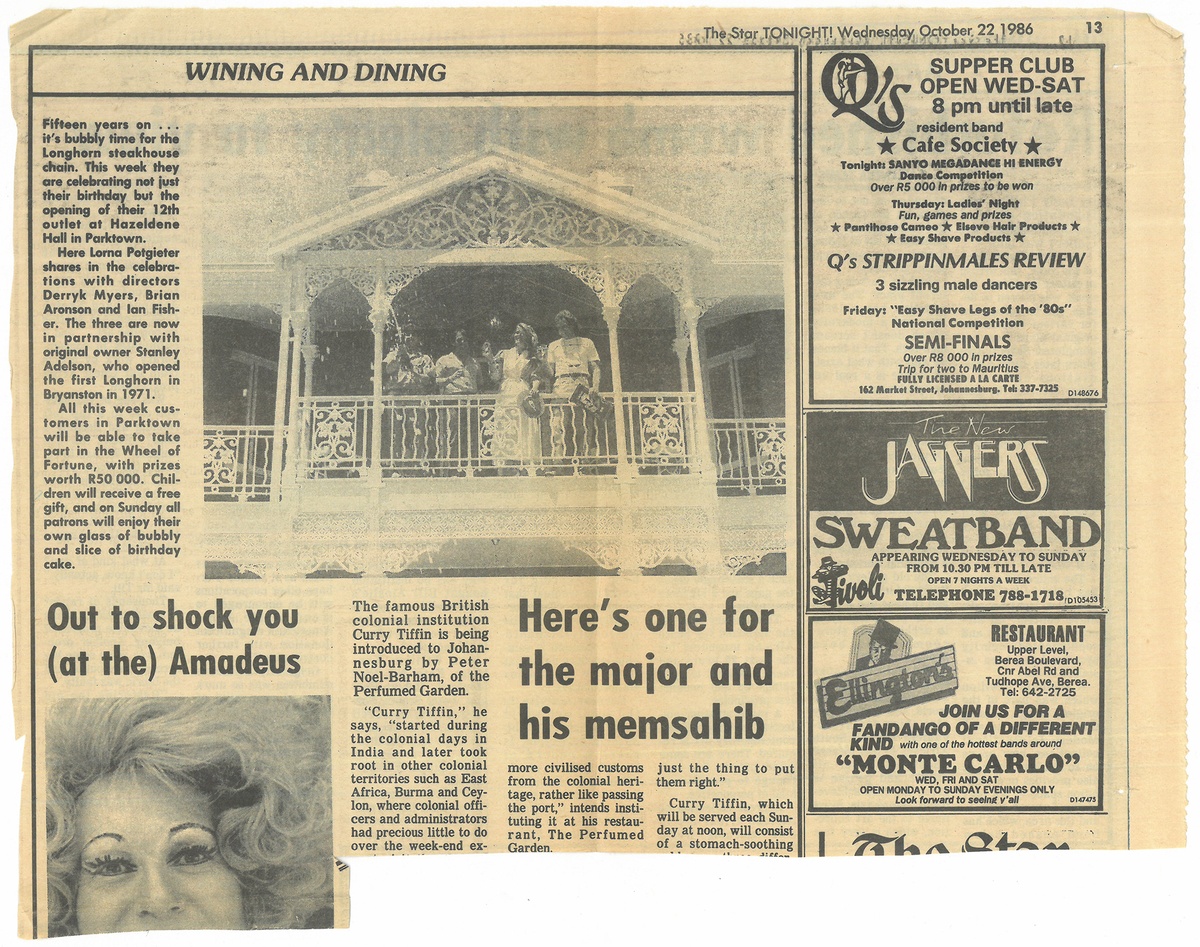
An artwork label from an exhibition with a handwritten note ("Teruggestuur Warren Siebrits") indicates that the untitled work is to be returned to the collector. The label was found in a catalogue made to accompany Cyprian Mpho Shilakoe's posthumous retrospective, marking the page where the same work is featured.
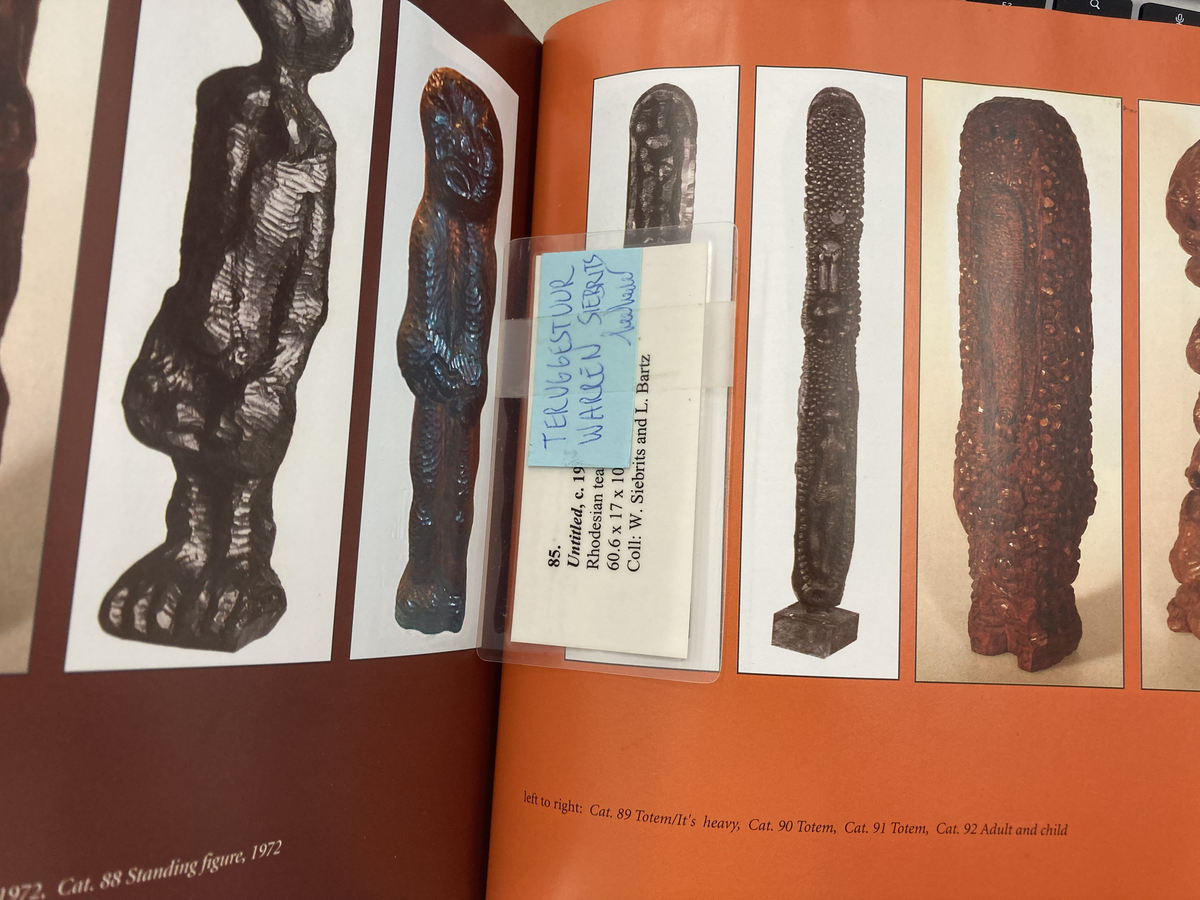
And a photocopied document (the original written on a typewriter by Johanna de Villiers in 1997) offers a summary of Jean Welz's life and work. The document was slipped between the pages of Esmé Berman's seminal Art and Artists of South Africa (1970).

But perhaps the most prized Library finds are those from The Works of William Shakespeare, a treasure trove of handwritten notes and newspaper clippings. The now-worn book once belonged to an Eva Pargiter and is inscribed ‘Xmas 1948’.
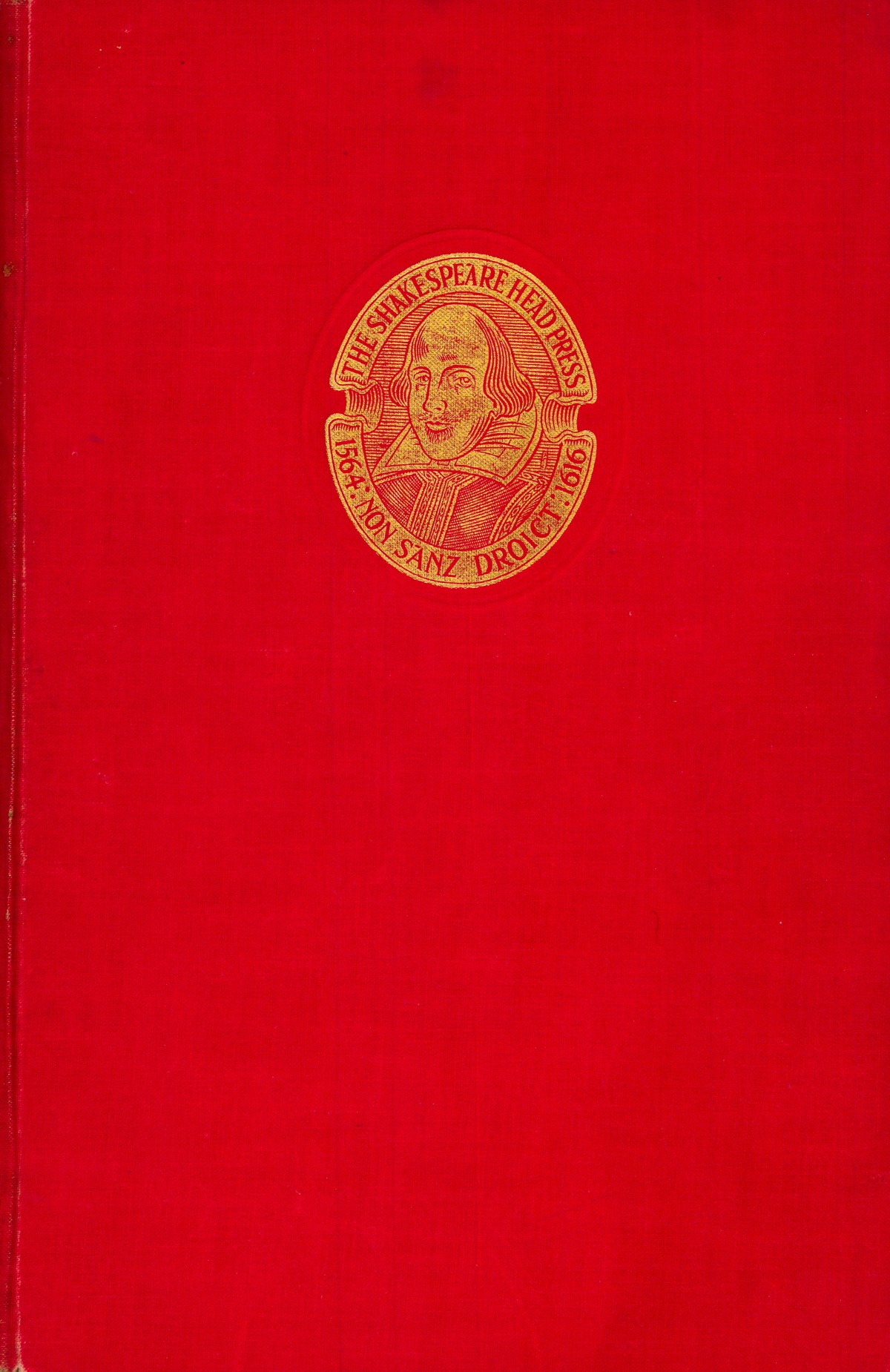
Among the loose sheets of paper kept between the book’s pages are summaries copied from John Wain’s The Living World of Shakespeare, a playgoer’s guide (1964) and FC Halliday's texts on the playwright, as well as a meticulous list detailing the many times Eva read and reread each play.

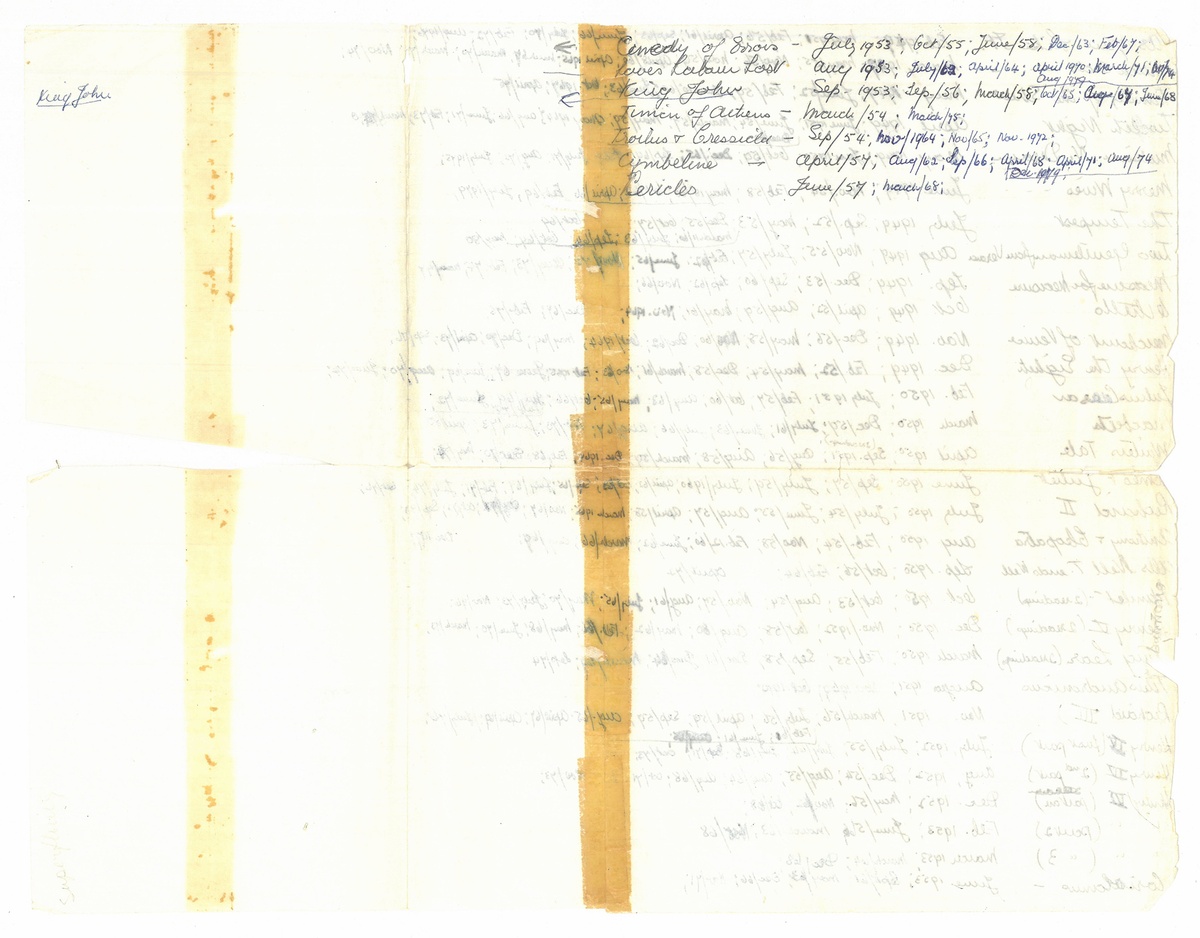
An online search suggests the following: Eva Pargiter was born in 1901, retired at St James Hotel in Kalk Bay, and is likely buried alongside her husband in the Maitland Cemetery.
The collected ephemera found in The Works of William Shakespeare are available to view here.
The collected ephemera found in The Works of William Shakespeare are available to view here.
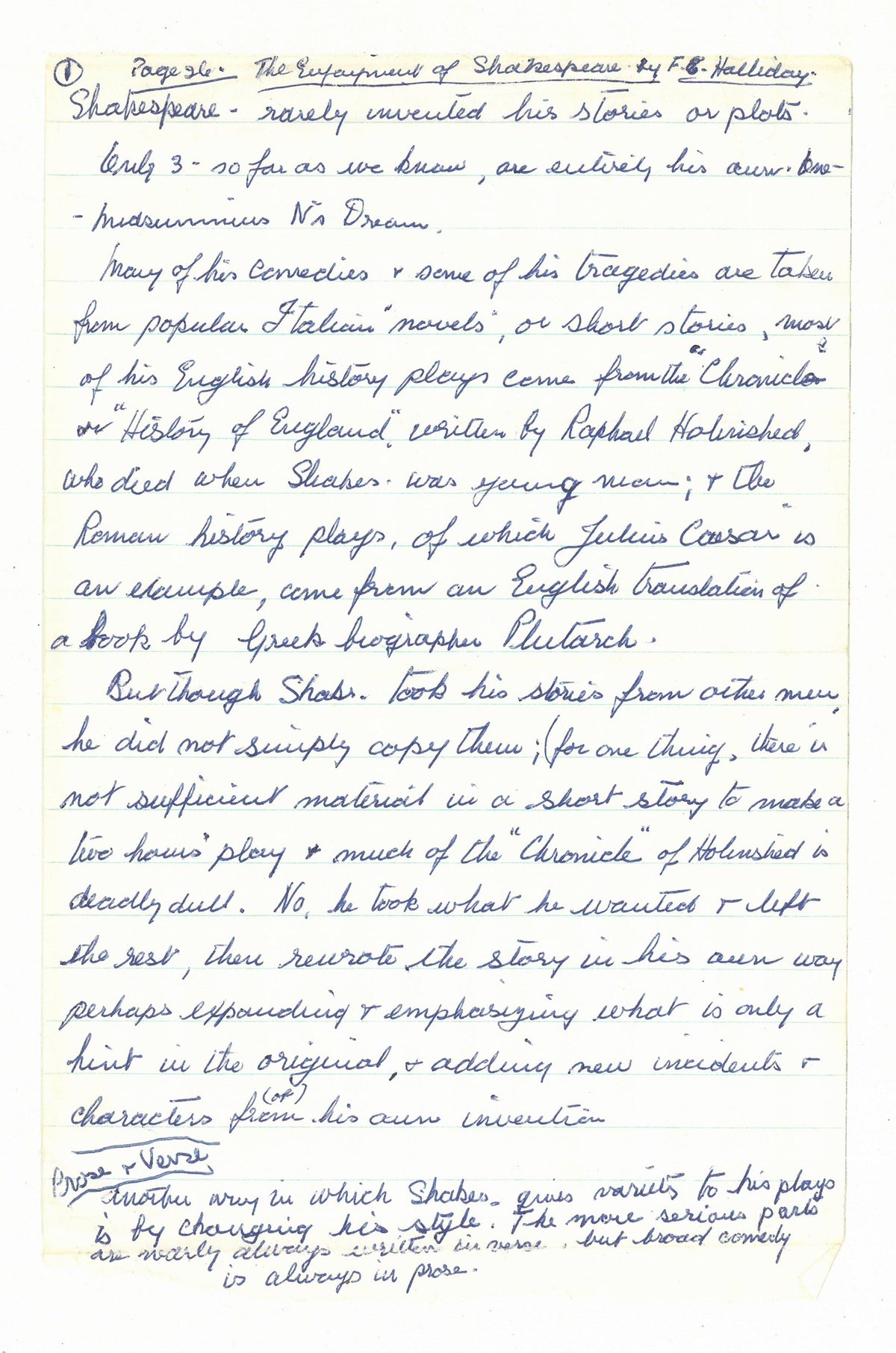
By way of ending, a final offering: a photograph given without inscription – two lilies, cement detailing, green.
